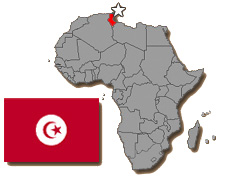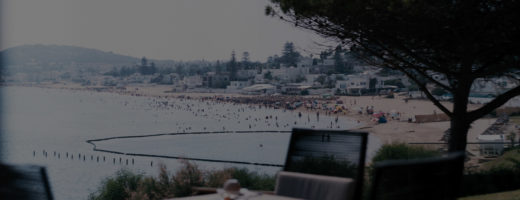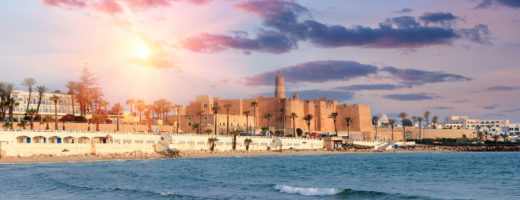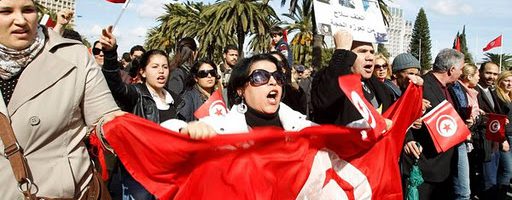The first official LGBT advocacy group and gay pride parade seem promising, but discrimination and imprisonment are still real threats. By Thessa Lageman 8 July 2015 http://www.middleeasteye.net/in-depth/features/tunisian-lgbt-community-making-strides-165913373 There are about seven organisations in Tunisia that fight for the rights of the lesbian, gay, bisexual and transgender community (LGBT), but you wouldn’t know it
Around forty percent of Tunisia is composed of the Sahara desert, with much of the remainder consisting of particularly fertile soil and a 1300 km coastline. Both played a prominent role in ancient times, first with the famous Phoenician city of Carthage, then as the Africa Province which became known as the bread basket of the Roman Empire, and then as the Maghreb region of various medieval Islamic states. Tunisia ranks high among Arab and African nations in reports released by The World Economic Forum. The Tunisian Penal Code decrees imprisonment of up to three years for sodomy between consenting adults. The Tunisian government tightly censors the internet and in addition to blocking sites containing political opposition. Tunisia also filters pornography and gay-related content. Yet despite harassment and occasional imprisonment gays have a degree of freedom compared to nearby Libya, Egypt and Sudan. Also see: Islam and Homosexuality

Tunisia, La Marsa & Gammarth Towns
La Marsa is an upscale suburban town north of the capital of Tunis, located on the Mediterranean Sea. It is a pleasant beach town and popular in the summer with many restaurants and a few hotels. It is also home to numerous affluent Tunisians and expats who enjoy the ambiance. I rented an apartment here
Tunisia, Sidi Bou Said Town
Sidi Bou Said is a small suburban town near Tunis. The town itself is an attractive tourist location known for the extensive use of blue and white colors on buildings. Here is located the former palace of Rodolfe d’Erlanger, a wealthy French banker who built his manse overlooking the sea between 1909 and 1921. He
Tunisia, Tunis World War II Cemeteries
There are two war cemeteries in the Tunis area where the World War II dead are buried. One is American, in Carthage, and the other is French, in Gammarth. The Battle of Tunisia occurred from 17 November 1942 to 13 May 1943. Also called the Tunisia Campaign, it was a series of battles that took
Tunisia, Carthage Ruins
Modern Carthage is an upscale suburb of Tunis, Tunisia, with a population of about 22,000. Ancient Carthage is believed to have been founded in the 8th century BC then destroyed by warfare with Rome in the 3rd Puni war (149 BC to 146 BC). It was rebuilt by Rome in the 1st century BC to
Tunisia, Tunis Medina
The medina (souq) marketplace is the ancient core of Tunis, since the 7th century. Narrow alleyways are lined with hundreds of tiny shops and stalls selling everything from ladies underwear to sweet pastries. Every corner is a different scene, from pizza bakeries to cafes with hookah pipes for rent. Its crowded, colorful and noisy. The
Tunisia, Bardo Museum
The Bardo Museum in the capital city of Tunis contains the world’s largest collection of Roman mosaics as well as hundreds of Roman and Greek eras bronze and marble statuary. It was recently enlarged and renovated to better display the thousands of artifacts of Tunisia’s ancient history.
Tunisia Country Photos
Tunisia’s area is almost 165,000 square kilometres (64,000 sq mi), with an estimated population of just over 10.4 million. Its name is derived from the capital Tunis located in the north-east. Tunisia began the famous ‘Arab Spring’ of revolution in 2010 with an intensive campaign of civil resistance, including a series of street demonstrations taking



